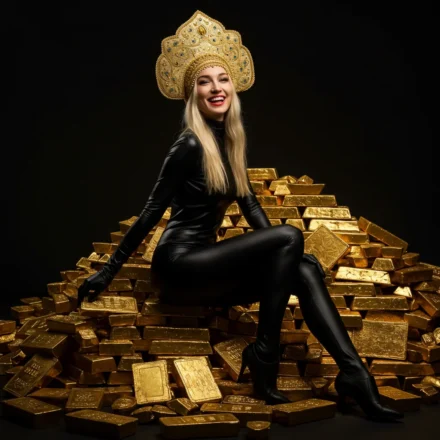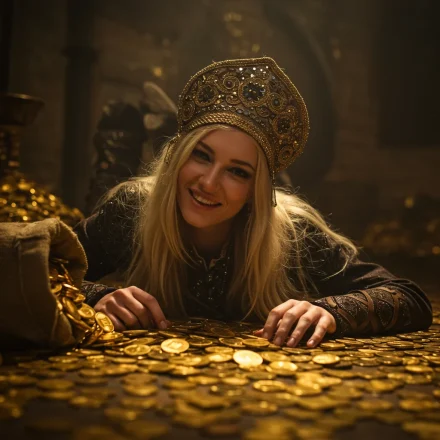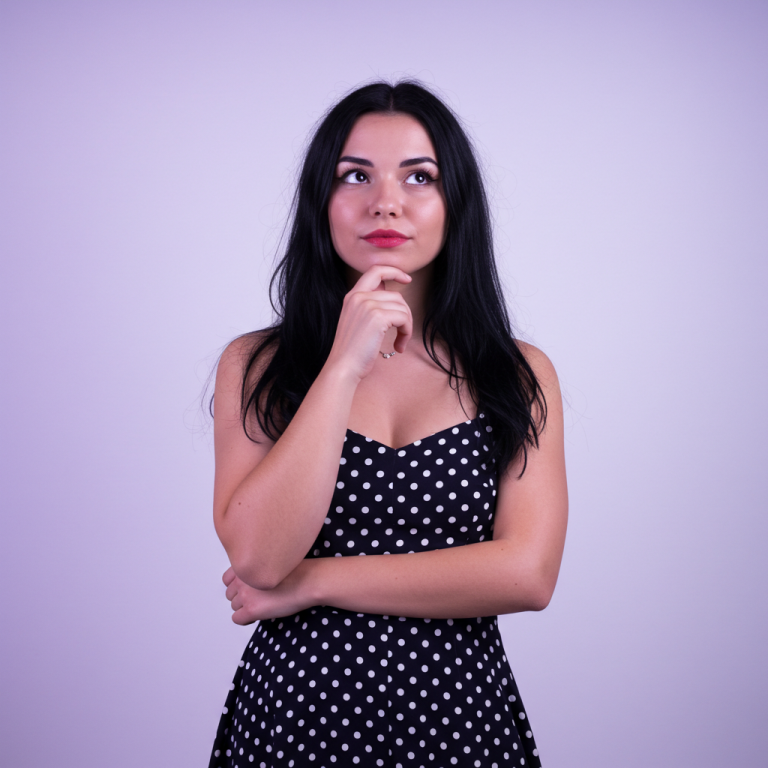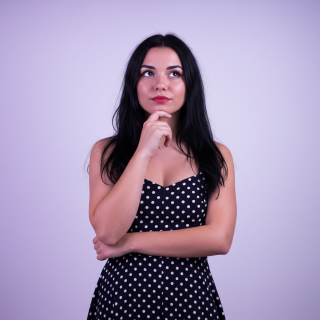The world of art is on the cusp of a paradigm shift. Artificial intelligence (AI) is rapidly developing the ability to generate visually stunning creations, igniting a fiery debate about its impact on the artistic landscape. But is AI-generated art truly a cheap imitation, or can it coexist and even enhance human creativity?
The Uncanny Valley of Aesthetics: Beyond “Ugly” – A Matter of Interpretation

Critics often dismiss AI art as aesthetically unpleasing, devoid of the soul and depth inherent in human creations. They argue that AI merely stitches together existing imagery, resulting in a sense of uncanny familiarity – faces that look slightly off, light behaving erratically, or compositions feeling disjointed. This can evoke a sense of emptiness, a feeling that something essential is missing.
However, this perspective overlooks the rapid evolution of AI art. Artists are increasingly using AI as a collaborative tool, providing prompts, guiding the generation process, and ultimately shaping the final output. The results can be breathtakingly beautiful and thought-provoking. Imagine an AI-generated dreamscape, where impossible landscapes meld with dreamlike creatures, or a haunting portrait that captures the essence of human emotion with a hyper-realistic, yet otherworldly style.
The debate around aesthetics often revolves around the traditional definition of art. Perhaps AI art begs us to consider a broader definition, one that embraces the interplay between human intention and machine execution.
The Economic Impact on Artists: Beyond the Hype

A more pressing concern lies in the potential economic impact of AI art on human artists. While AI currently struggles to replicate the emotional depth and storytelling ability of human artists, it can churn out generic illustrations and stock photos with impressive speed. This could potentially undercut the market for specific types of commercial art, such as generic product illustrations or website banner designs.
While concrete data on income loss for human artists due to AI is still emerging, it highlights the need for adaptation. Artists who can leverage AI’s capabilities, perhaps by using it to generate concept art or explore new stylistic avenues, may find themselves at an advantage. Additionally, the rise of AI could create a demand for uniquely human artistic experiences, pushing the value of original, handcrafted art even higher.
Does AI Make Human Art More Valuable? A Symbiotic Relationship

Perhaps the most intriguing aspect of AI art is its potential to elevate the value of human creativity. In a future where AI handles the more mundane tasks, artists will be free to focus on pushing boundaries, exploring uncharted artistic territories, and delving deeper into the emotional core of their work.
Imagine AI acting as a creative brainstorming partner, generating a multitude of artistic possibilities based on an artist’s initial concept. This could lead to the birth of entirely new styles and artistic movements, unimaginable before the advent of AI. There’s also the potential for AI to assist in the creation of immersive, interactive art experiences that blur the lines between the physical and digital worlds.
The arrival of AI art presents a fascinating opportunity for artistic evolution. It’s not a question of human versus machine, but rather how the two can work together to redefine the boundaries of artistic expression. In the end, the value of art lies in its ability to evoke emotion, tell a story, and challenge our perceptions. Whether created by human hand or machine algorithm, art that achieves these goals will always hold a place in our world.









Leave a Comment